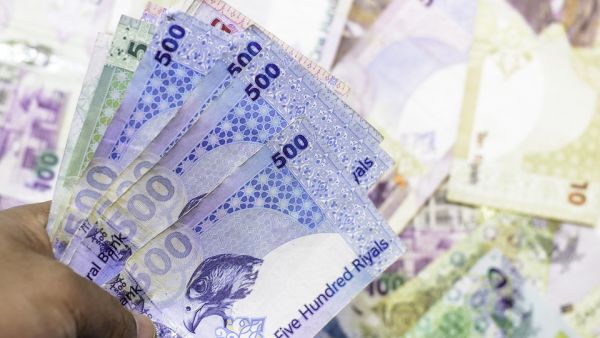Demonstrating its resilience in the face of the economic blockade, Qatar’s banking sector has stabilised over the course of 2018 and is well positioned to benefit from an anticipated economic expansion, Oxford Business Group (OBG) has said in its latest report.
According to OBG’s Qatar 2019 report, confidence in the industry is also shared by participants of a survey. More than 90 percent of respondents to the ‘Risk Perception Survey’ conducted by the Qatar Central Bank (QCB) in 2018 stated that their confidence in the sector’s financial stability had increased from the previous year.
“The industry’s focus has therefore returned to the growth prospects associated with economic development and, in the shorter term, the momentum generated by the 2022 FIFA World Cup,” the report said.
Forecasting a positive outlook for the country’s banking sector, the report said, “Qatar’s banks have overcome the effects of the economic blockade without any significant deterioration in financial stability indicators and with their profitability intact.”
Citing credit rating agency Moody’s report, OBG said it anticipates that profitability of banks in Qatar will remain stable over 2019, after the sector showed a return on assets of approximately 1.6 percent in 2018.
“The narrowing of the gap between credit growth and deposit growth will allow for nonfluctuating interest rate margins over the period,” it said.
Qatari lenders, the report said, are well positioned to take advantage of the anticipated expansion of the country’s economy.
The World Bank has predicted that Qatar’s GDP growth will reach 2.3 percent in 2018 and 2.7 percent and 3 percent in 2019 and 2020, respectively. Meanwhile, the IMF has also forecast that the country’s GDP growth would hit 2.8 percent in 2019, compared to an estimated 2.7 percent in 2018 and 1.6 percent in 2017.
“There is an opportunity for the local banking sector to act as an engine for Qatar’s economic development,” OBG has quoted Al Khaliji Bank Group CEO Fahad al Khalifa as saying.
Read More
Over $1.5 Billion Business Opportunities on Offer in Qatar
Qatar's Consumer Price Index Drops 0.3 Percent in Q4 of 2018
“In anticipation of a significant increase in LNG production capacity and favourable prices, banks may channel greater liquidity in the market, acting as a catalyst for businesses to improve their competitiveness. While the country’s overall performance is solid, local companies must continue to invest in building efficiencies, increase productivity and raise quality standards,” Khalifa said.
One potentially useful result of the economic blockade is the opening up of new funding opportunities, particularly at the corporate end of the lending spectrum, the report said.
“While infrastructure development, energy projects and staples such as health and education continue to be of interest to banks, investment in food sufficiency and logistics have been granted a higher priority by the government and are therefore generating new lending potential,” it said.
Qatar’s banks have also become more creative in their hunt for loan growth, for example by cooperating with the credit agencies of trading partners to make loans more attractive to prospective clients.
“The QCB acted very quickly to address the pressures on liquidity triggered by the blockade, and the banking sector overall has performed strongly, with new government initiatives to promote private sector growth offering new corporate financing opportunities,” Standard Chartered Qatar CEO Abdulla Abdulrazaq Bukhowa told OBG.
Citing data from QCB, the report said that government bodies deposited around $30 billion in locally licensed banks between June and December 2017.
As depositors became convinced of the government’s ability to establish new trade routes and maintain economic development, the report said, the problematic outflow of deposits ceased, and government support was no longer necessary.
“Banks had little difficulty raising funds in foreign markets in the first half of 2018, issuing a combined $7.4bn worth of bonds denominated in foreign currencies ranging from the Chinese yuan to the Australian dollar, their highest aggregate debt issuance on a year-to-year basis,” it said.








